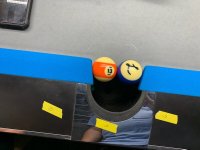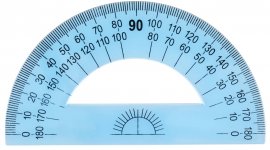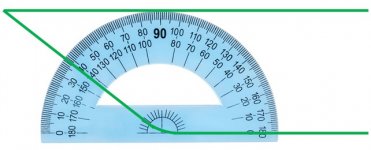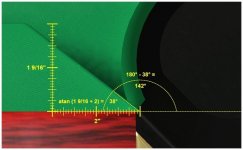I had a GC4 for 10-12 years. The normal is around 5” corners. The pool hall I got the table from just added extra facings to tighten them to 4.5”. I considered them to play fairly. A 4.5” Diamond plays a bit tougher because the shelf is so deep. I recommend you put your big boy pants on and work on your fundamentals and game.
Just for reference I normally play on 4.125 or 4.25 corner Diamonds. When I get to play on a 4.5 table, I’m free wheeling. That doesn’t mean I never miss but I just go for it more often.
My home table is a blue label Diamond Pro-Am with 4.25" corner pockets and it plays tough. You cannot cheat the pocket and even well hit balls that touch the side cushion will hang up. Average players like me have problems running balls on this table. I think my high run when I used to practice Straight Pool was 38 or 40. I've had many champions play here and they turn my tight pocket table into their own private playground. This is when I see clearly the difference in ability of a Shane or a Dennis. They run racks of 9-Ball like nothing and racks of Ten Ball are not much different. Once they land on the right angle from the one to the two ball it's basically all over, unless balls are tied up, and they usually dispose of those fairly quickly too.
Mika came here a few years back and immediately ran 78 balls playing Straight. I've watched Dennis practice 14.1 and he strings racks effortlessly. Three or four racks is average for him and he'll put together at least one five or six rack run if he practices for a couple of hours.
As Steve Mizerak used to say, "Practice, Practice, Practice!"





![CropperCapture[28].jpg CropperCapture[28].jpg](https://forums.azbilliards.com/data/attachments/411/411681-ced43d121a77be30dce47396a151d7e5.jpg?hash=ztQ9Ehp3vj)
